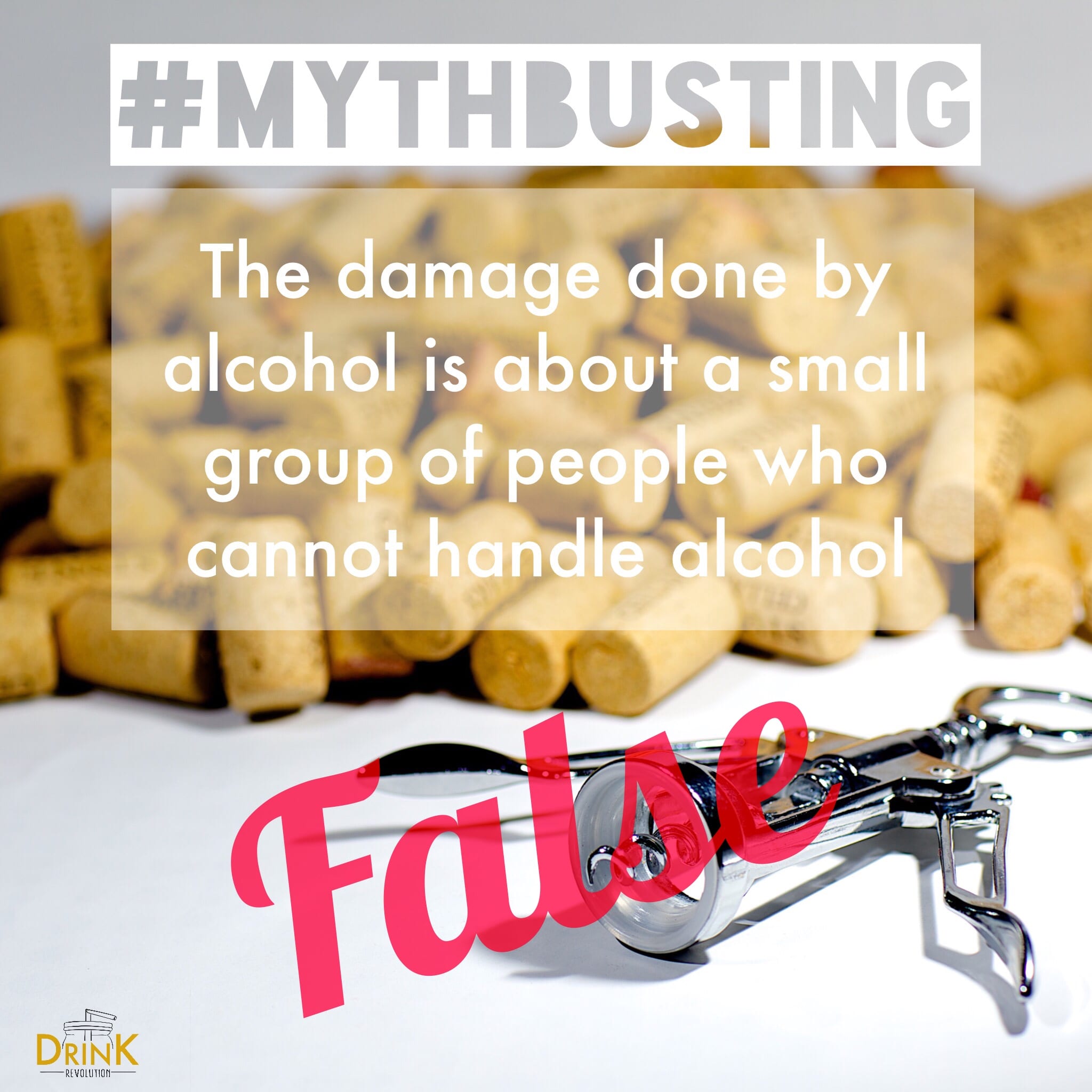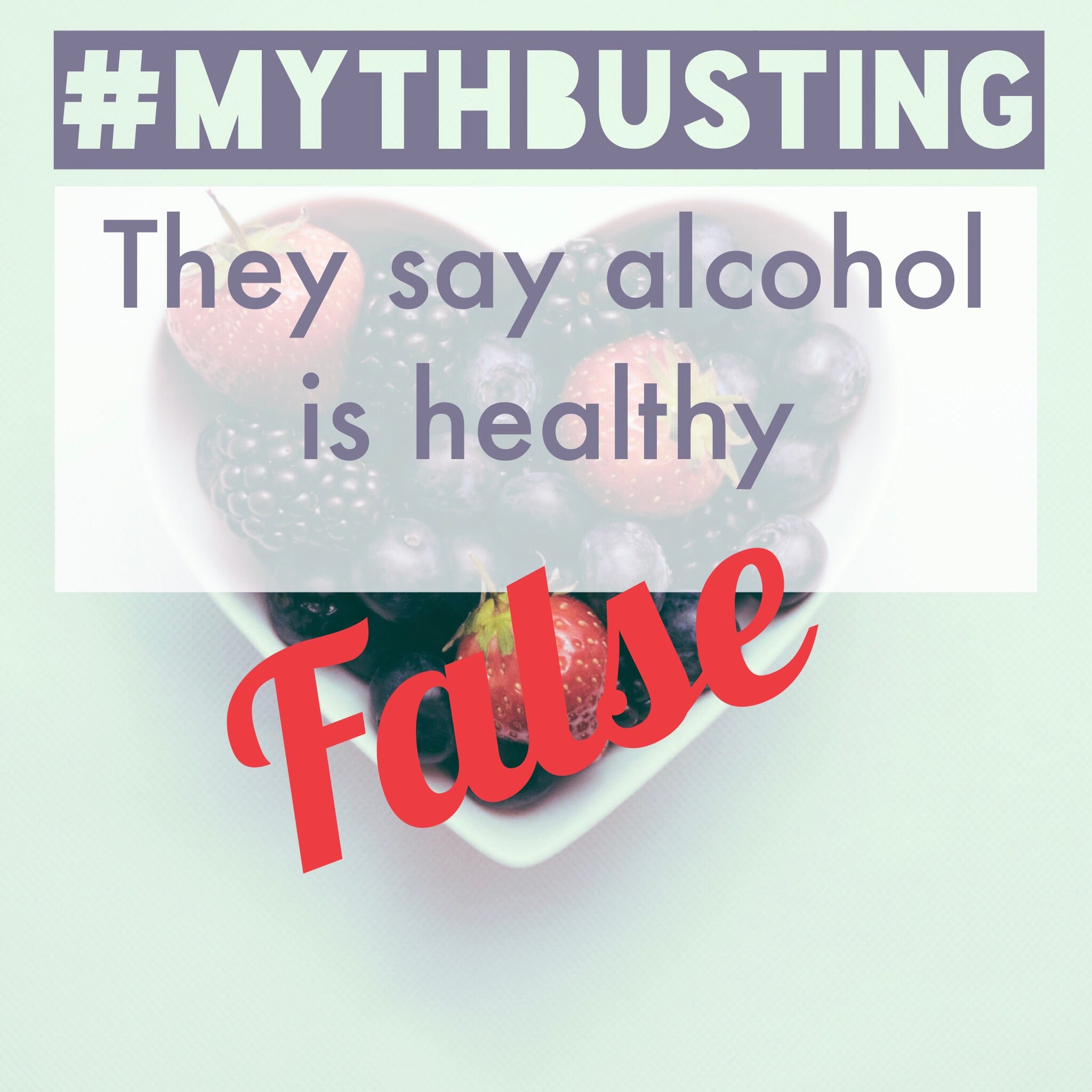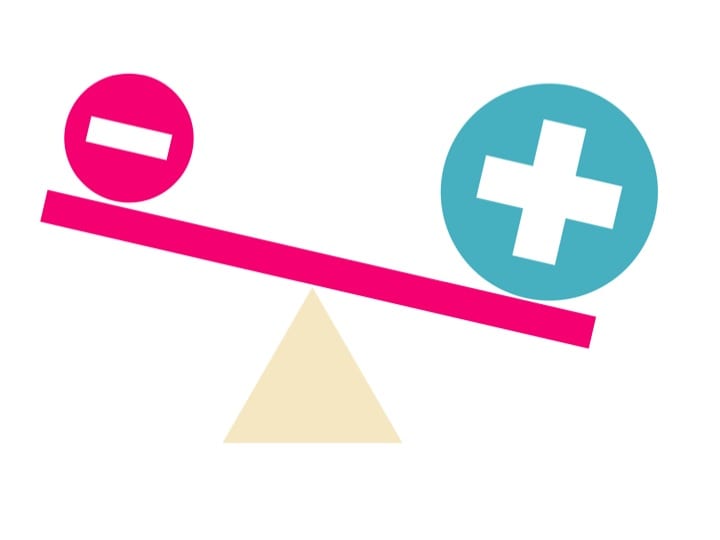Big Alcohol claims:
The damage done by alcohol is caused by a small group of alcoholics who cannot handle alcohol…
Explanation
The majority of people who use alcohol in high levels (above the recommended units) are in fact ordinary, everyday people. The majority of alcohol consumers are no social deviants, homeless living on park benches – as the alcohol industry would have people believe.
As a matter of fact, Big Alcohol earns its largest shares of profits from the people who use alcohol regularly and heavily. That is why the total consumption model is highly relevant for preventing alcohol harm and reducing alcohol-related harm: if the overall consumption in a population is reduced, alcohol harm decreases, too.

Independent evidence
In his book “Paying the Tab” Prof. Philip J. Cook has analysed the data from the National Epidemiologic Survey on Alcohol and Related Conditions (NESARC) and examined of the costs and benefits of alcohol control in the United States.
Evidence from the United States
The top 20% of American alcohol users account for well over half of the alcohol consumed in any given year.
Consider that 30% of adults don’t use alcohol at all and that another 30% of adults consume less than one alcoholic beverage per week, on average. It means that up to 60% of adults virtually are not contributing to the alcohol industry’s profits.
On the other hand, there are the top 10% of American alcohol consumers (24 million adults over the age of 18) consuming 74 alcoholic beverages per week, on average. That equals 18 bottles of wine, or three 24-can cases of beer. Even alcohol users in the 9th decile – consuming more than 15 alcoholic beverages per week, on average – are way above “recommended limits” (which are too high anyway).
Current statistics show that 16.6 million American adults had an alcohol use disorder in 2013.
But only about 1.3 million adults received treatment – which means that there is a gigantic problem in society, only society is hardly aware of it. And that is largely due to the myth perpetuated by the alcohol industry, that a small group of socially deviant alcoholics is causing a few problems with alcohol
Evidence from Australia
In Australia, more than 3.8 million Australians average more than four standard drinks of alcohol a day (double the recommended health guidelines) and these alcohol users are targeted by the alcohol industry and branded as “super consumers”, according to the latest report from the Foundation for Alcohol Research and Education. It means that 20% of Australians are consuming 75% of the alcohol.
Evidence from Germany
In Germany, every second bottle of alcohol is purchased by a person with alcohol problems. 10% of the population account for 50% of the total alcohol consumption in Germany.
Illusion and reality
The alcohol industry wants people to imagine that alcohol is primarily consumed by suave, hip and healthy, attractive young adults on the beach and in parties.
The fact is that the alcohol industry overwhelmingly sells its products to heavy alcohol users.
The Pareto Law in Economics states that “the top 20% of buyers for any consumer product account for fully 80% of sales. But the consequences of the Pareto Law are different when it comes to industries like alcohol, or tobacco, because their products are addictive, carcinogen, teratogen and toxic to the human body. However, Big Alcohol’s profits are heavily dependent on selling their products to heavy alcohol users – which is why they try to hide this fact.
Prof. Cook writes:
[T]he heaviest [alcohol users] are of greatly disproportionate importance to the sales and profitability of the alcoholic-beverage industry.
If the top decile somehow could be induced to curb their consumption level to that of the next lower group (the ninth decile), then total ethanol sales would fall by 60%.”



